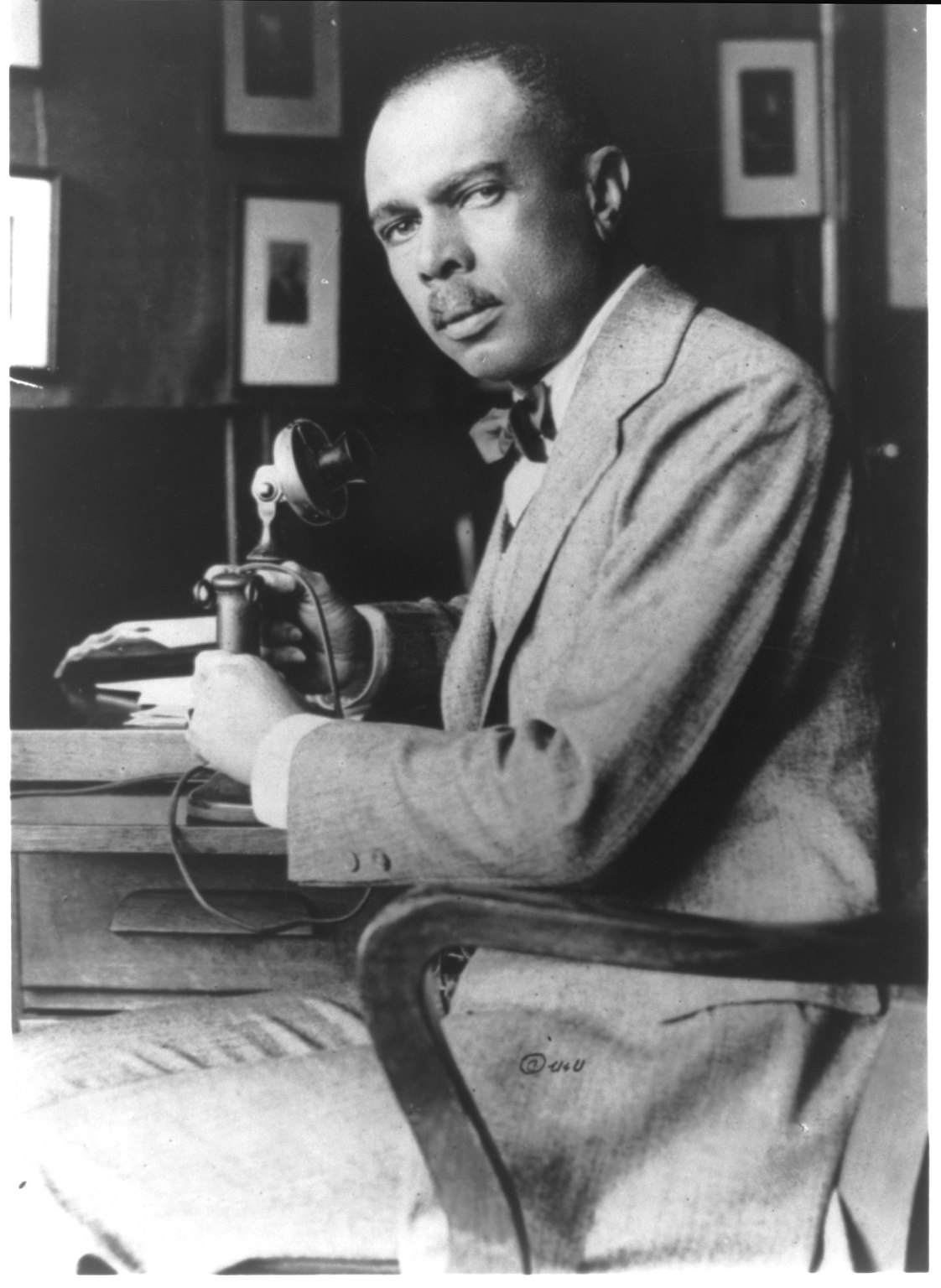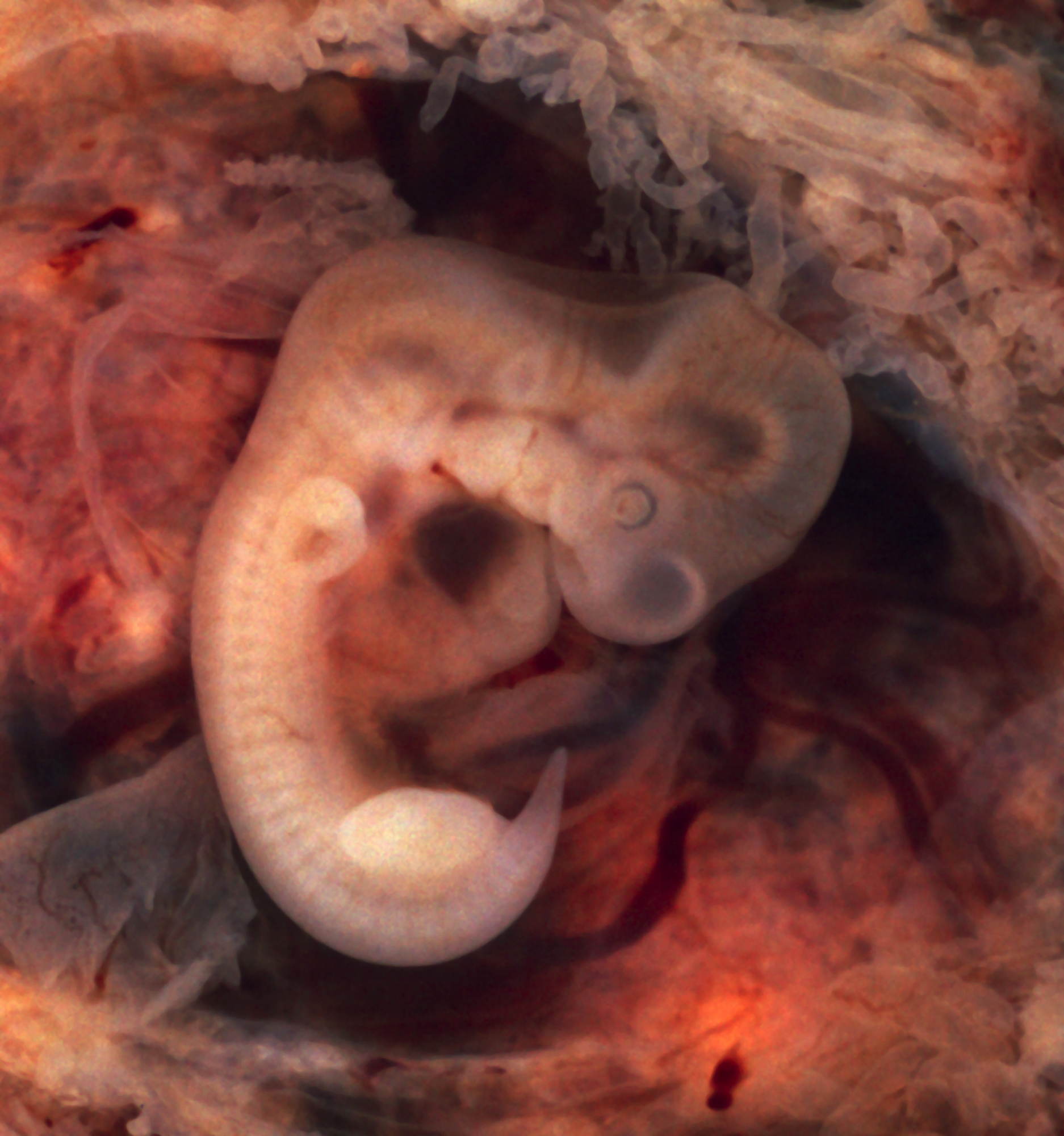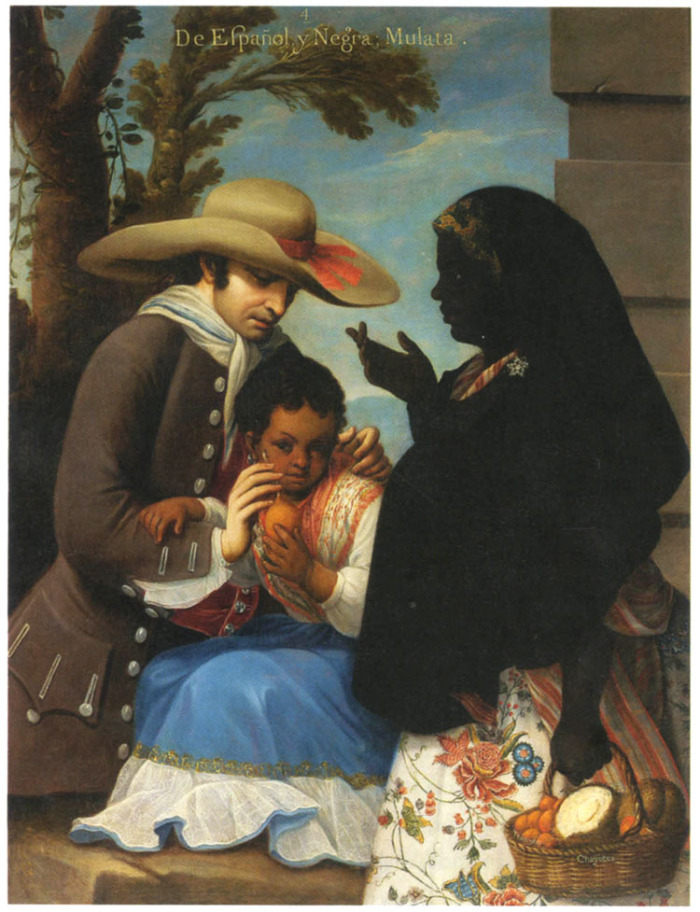|
Torna Atrás
Torna atrás () or Tornatrás is a term once used in 18th century ''Casta'' paintings to portray a mixed-race person (mestizo) who showed phenotypic characteristics of only one of the "original races", that is, white, black, Amerindian, or Asian. The term was also used to describe an individual whose parentage was half white and half "albino". Colonial Spanish America The term ''torna atrás'' (in English, similar in meaning to "throwback" or "harken back to") could also refer to the appearance of racial characteristics not visible in the parents. An example is the child of a white person and a light-skinned person of African ancestry (''albino'') born with darker skin than their African-descended parent. The term ''torna atrás'' does not appear as a legal category in colonial documentation, but it is often shown in families portrayed in casta paintings in eighteenth-century Mexico. Philippines It was also used in the Philippines during the Spanish colonial era from the ... [...More Info...] [...Related Items...] OR: [Wikipedia] [Google] [Baidu] |
Castas 07tornatras Max
() is a term which means "lineage" in Spanish and Portuguese and has historically been used as a racial and social identifier. In the context of the Spanish America, Spanish Empire in the Americas it also refers to a now-discredited 20th-century theoretical framework which postulated that colonial society operated under a hierarchical race-based "caste system". From the outset, colonial Spanish America resulted in widespread intermarriage: miscegenation, unions of Spanish people, Spaniards (), Amerindians () and Black people (). Basic mixed-race categories that appeared in official colonial documentation were , generally offspring of a Spaniard and an indigenous person; and , offspring of a Spaniard and a black African. A plethora of terms were used for people with mixed indigenous, African, and Spanish ancestry in 18th-century casta paintings, but they are not known to have been widely used officially or unofficially in the Spanish Empire. Etymology ''Casta'' is an Iberian w ... [...More Info...] [...Related Items...] OR: [Wikipedia] [Google] [Baidu] |
Filipino People
Filipinos ( tl, Mga Pilipino) are the people who are citizens of or native to the Philippines. The majority of Filipinos today come from various Austronesian ethnolinguistic groups, all typically speaking either Filipino, English and/or other Philippine languages. Currently, there are more than 185 ethnolinguistic groups in the Philippines; each with its own language, identity, culture and history. Names The name ''Filipino'', as a demonym, was derived from the term ''Las Islas Filipinas'' ("the Philippine Islands"), the name given to the archipelago in 1543 by the Spanish explorer and Dominican priest Ruy López de Villalobos, in honor of Philip II of Spain (Spanish: ''Felipe II''). During the Spanish colonial period, natives of the Philippine islands were usually known by the generic terms ''indio'' (" Indian") or ''indigenta'' ("indigents"). However, during the early Spanish colonial period the term ''Filipinos'' or ''Philipinos'' was sometimes used by Spanish wri ... [...More Info...] [...Related Items...] OR: [Wikipedia] [Google] [Baidu] |
Ethnonyms
An ethnonym () is a name applied to a given ethnic group. Ethnonyms can be divided into two categories: exonyms (whose name of the ethnic group has been created by another group of people) and autonyms, or endonyms (whose name is created and used by the ethnic group itself). As an example, the largest ethnic group in Germany is Germans. The ethnonym ''Germans'' is a Latin-derived exonym used in the English language. Conversely, the Germans call themselves the , an endonym. The German people are identified by a variety of exonyms across Europe, such as (French), ( Italian), (Swedish) and ( Polish). As a sub-field of anthroponymy, the study of ethnonyms is called ethnonymy or ethnonymics. Ethnonyms should not be confused with demonyms, distinctive terms that designate all people related to a specific territory, regardless of any ethnic, religious, linguistic or some other distinctions that may exist within the population of that territory. Variations Numerous ethnonyms ... [...More Info...] [...Related Items...] OR: [Wikipedia] [Google] [Baidu] |
Albinism
Albinism is the congenital absence of melanin in an animal or plant resulting in white hair, feathers, scales and skin and pink or blue eyes. Individuals with the condition are referred to as albino. Varied use and interpretation of the terms mean that written reports of albinistic animals can be difficult to verify. Albinism can reduce the survivability of an animal; for example, it has been suggested that albino alligators have an average survival span of only 24 hours due to the lack of protection from UV radiation and their lack of camouflage to avoid predators. It is a common misconception that all albino animals have characteristic pink or red eyes (resulting from the lack of pigment in the iris allowing the blood vessels of the retina to be visible), however this is not the case for some forms of albinism. Familiar albino animals include in-bred strains of laboratory animals (rats, mice and rabbits), but populations of naturally occurring albino animals exist in the w ... [...More Info...] [...Related Items...] OR: [Wikipedia] [Google] [Baidu] |
Sandra Laing
Sandra Laing (born 26 November 1955) is a South African woman who was classified as Coloured by authorities during the apartheid era, due to her skin colour and hair texture, although she was the child of at least three generations of ancestors who had been regarded as white. At the age of 10, she was expelled from her all-white school, and the authorities' decisions based on her appearance disrupted her family and adult life. Laing was the subject of the 2008 biographical dramatic film '' Skin'', directed by Anthony Fabian, which won numerous awards.''Skin'' film review ''Mail & Guardian'', 21 January 2010. In addition, she is the subject of the documentaries ''In Search of Sandra Laing'' (1977), directed by Anthony Tho ... [...More Info...] [...Related Items...] OR: [Wikipedia] [Google] [Baidu] |
Passing (racial Identity)
Racial passing occurs when a person classified as a member of a Race (human categorization), racial group is accepted or perceived ("passes") as a member of another. Historically, the term has been used primarily in the United States to describe a black people, black or brown person or of Mulatto, multiracial ancestry who assimilated into the White Americans, white majority to escape the legal and social conventions of Racial segregation in the United States, racial segregation and discrimination. In the United States Passing for white Although anti-miscegenation laws outlawing racial intermarriage existed in America as early as 1664, there were no laws preventing or prosecuting the rape of enslaved girls and women. Rape of slaves was legal and encouraged during slavery to increase slave population. For generations, enslaved black mothers bore mixed-race children who were deemed "mulattos", "quadroons", "octoroons", or "hexadecaroons" based on their percentage of "black bloo ... [...More Info...] [...Related Items...] OR: [Wikipedia] [Google] [Baidu] |
Atavism
In biology, an atavism is a modification of a biological structure whereby an ancestral genetic trait reappears after having been lost through evolutionary change in previous generations. Atavisms can occur in several ways; one of which is when genes for previously existing phenotypic features are preserved in DNA, and these become expressed through a mutation that either knocks out the dominant genes for the new traits or makes the old traits dominate the new one. A number of traits can vary as a result of shortening of the fetal development of a trait (neoteny) or by prolongation of the same. In such a case, a shift in the time a trait is allowed to develop before it is fixed can bring forth an ancestral phenotype. Atavisms are often seen as evidence of evolution. In social sciences, atavism is the tendency of reversion. For example, people in the modern era reverting to the ways of thinking and acting of a former time. The word ''atavism'' is derived from the Latin ''ata ... [...More Info...] [...Related Items...] OR: [Wikipedia] [Google] [Baidu] |
Mulato
(, ) is a racial classification to refer to people of mixed African and European ancestry. Its use is considered outdated and offensive in several languages, including English and Dutch, whereas in languages such as Spanish and Portuguese is not, and can even be a source of pride. A () is a female ''mulatto''. Etymology The English term and spelling ''mulatto'' is derived from the Spanish and Portuguese . It was a common term in the Southeastern United States during the era of slavery. Some sources suggest that it may derive from the Portuguese word (from the Latin ), meaning ' mule', the hybrid offspring of a horse and a donkey. The Real Academia Española traces its origin to in the sense of hybridity; originally used to refer to any mixed race person. The term is now generally considered outdated and offensive in non-Spanish and non-Portuguese speaking countries, and was considered offensive even in the 19th century. Jack D. Forbes suggests it originated in the ... [...More Info...] [...Related Items...] OR: [Wikipedia] [Google] [Baidu] |
Morisco
Moriscos (, ; pt, mouriscos ; Spanish for "Moorish") were former Muslims and their descendants whom the Roman Catholic church and the Spanish Crown commanded to convert to Christianity or face compulsory exile after Spain outlawed the open practice of Islam by its sizeable Muslim population (termed '' mudéjar'') in the early 16th century. The Unified Portuguese and Spanish monarchs mistrusted Moriscos and feared that they would prompt new invasions from the Ottoman Empire after the Fall of Constantinople. So between 1609 and 1614 they began to expel them systematically from the various kingdoms of the united realm. The most severe expulsions occurred in the eastern Kingdom of Valencia. The exact number of Moriscos present in Spain prior to expulsion is unknown and can only be guessed on the basis of official records of the edict of expulsion. Furthermore, the overall success of the expulsion is subject to academic debate, with estimates on the proportion of those who avoi ... [...More Info...] [...Related Items...] OR: [Wikipedia] [Google] [Baidu] |
Miscegenation
Miscegenation ( ) is the interbreeding of people who are considered to be members of different Race (human categorization), races. The word, now usually considered pejorative, is derived from a combination of the Latin terms ''miscere'' ("to mix") and ''genus'' ("race") from the Hellenic γένος. The word first appeared in ''Miscegenation: The Theory of the Blending of the Races, Applied to the American White Man and Negro'', a pretended anti-abolitionist pamphlet David Goodman Croly and others published anonymously in advance of the 1864 U.S. presidential election. The term came to be associated with laws that banned interracial marriage and sex, which were known as anti-miscegenation laws. Opposition to miscegenation, framed as preserving so-called Racial hygiene, racial purity, is a typical theme of racial supremacist movements. Although the notion that racial mixing is undesirable has arisen at different points in history, it gained particular prominence among white comm ... [...More Info...] [...Related Items...] OR: [Wikipedia] [Google] [Baidu] |
Eurasian (mixed Ancestry)
A Eurasian is a person of mixed Asian and European ancestry. Terminology The term ''Eurasian'' was first coined in mid-nineteenth century British India. The term was originally used to refer to those who are now known as Anglo-Indians, people of mixed British and Indian descent. In addition to British many were also of mixed Portuguese, Dutch, Irish or French descent. The term has been used in anthropological literature since the 1960s. Central Asia Historically, Central Asia has been a "melting pot" of West Eurasian and East Eurasian peoples, leading to high genetic admixture and diversity. Physical and genetic analyses of ancient remains have concluded that while the Scythians – including those in the eastern Pazyryk region – possessed predominantly features found (among others) in Europoid phenotypes, mixed Eurasian phenotypes were also observed, suggesting that the Scythians as a whole were descended in part from East Eurasian populations. The Xiongnu were nom ... [...More Info...] [...Related Items...] OR: [Wikipedia] [Google] [Baidu] |
Filipino Mestizo
In the Philippines, Filipino Mestizo ( es, mestizo (masculine) / mestiza (feminine); Filipino/ tl, Mestiso (masculine) / Mestisa (feminine)) or colloquially ''Tisoy'', is a name used to refer to people of mixed native Filipino and any foreign ancestry. The word ''mestizo'' itself is of Spanish origin; it was first used in the Americas to describe people of mixed Native American and European ancestry. The Chinese Mestizos being the biggest Mestizo population, while the Spanish Mestizo being less yet a very socially significant or prestigious minority. They are very influential with the creation of Filipino nationalism. History Spanish period A Spanish expedition led by Miguel Lopez de Legazpi in 1565 started a period of Spanish colonization of the Philippines which lasted for 333 years. The Roman Catholic Church played an important role in the Spanish colonization of the Philippines beyond the preaching of the Catholic faith. Spanish missionaries contributed to educa ... [...More Info...] [...Related Items...] OR: [Wikipedia] [Google] [Baidu] |








.jpg)
.jpg)